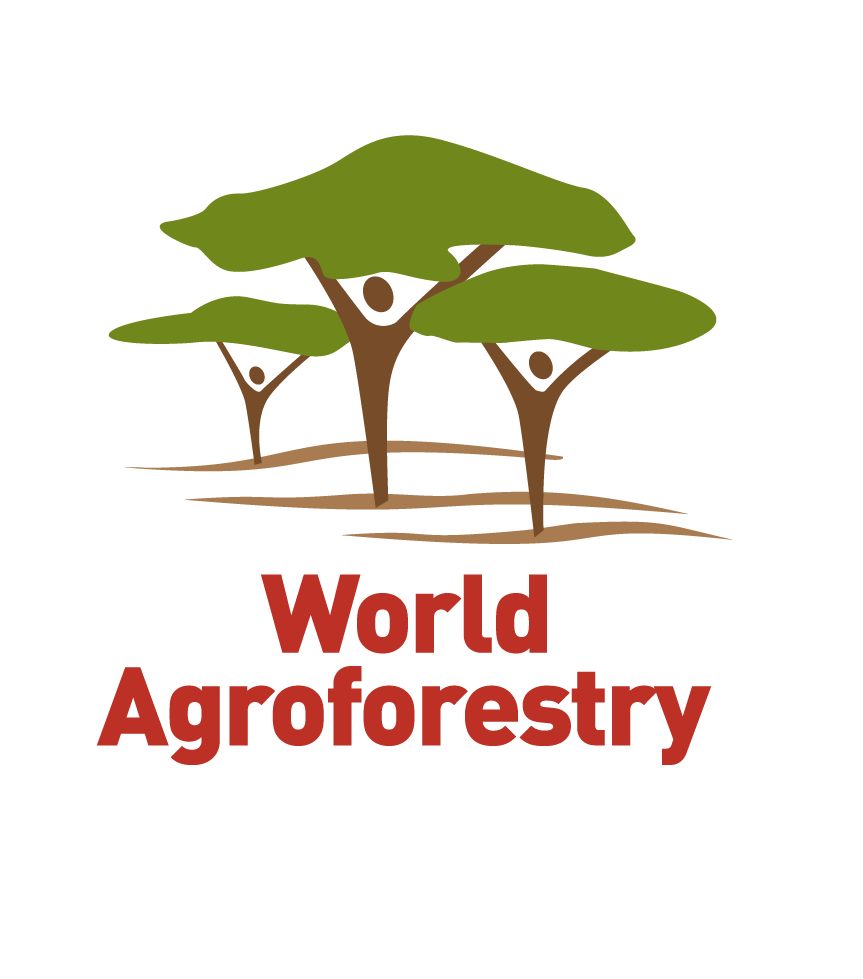Local names:
Afrikaans (kersieblombooom), Arabic (masaka,girfat ad dud), English (worm-cure albizia), Somali (resomagali), Tswana (monoga), Zulu (umtakinya,umnalahanga,monoga)
Albizia anthelmintica is a thorny/spiny, deciduous, multi-stemmed, medium canopied tree growing to about 8m. Bark smooth, gray to brown. Young branchlets glabrous or sometimes shortly pubescent, twigs are often spine-tipped. Leaves bipinnate in 1-5 pairs, leaflets opposite, 7-36 mm long, 6-31 mm wide, apex mucronate. Flowers usually on leafless twigs, pedicels 0.5-5.5 mm long. Calyx pale greenish, 3-5 mm long. Corolla pale green 6-12 mm long, glabrous, staminal filaments white, about 1.5-2 cm long. Fruit a pod, 7-18 cm long, 1.5-2.9 cm wide, straw colored, papery and pointed. Seeds round and flattened, 6-8 per pod, 9-13 mm in diameter. The genus was named after Filippo del Albizzi, a Florentine nobleman who in 1749 introduced A. julibrissin into cultivation. The latin specific epithet arises from the common medicinal use of this tree’s parts for deworming. The species is becoming rare due to over-utilisation, a typical case is Kordofan area of Sudan.
Ecology
A. anthelmintica commonly occurs in deciduous or evergreen bushland and scrubland especially along seasonal rivers and on termite-mound clump thickets.
Native range
Botswana, Kenya, Namibia, Somalia, South Africa, Swaziland, Tanzania, Uganda
Tree management
Initial growth is slow and mainly horizontal. Seedlings need protection from browsers. The tree is susceptible to wind damage but can withstand frost and drought.
A. anthelmintica commonly occurs in deciduous or evergreen bushland and scrubland especially along seasonal rivers and on termite-mound clump thickets.
A. anthelmintica is easy to propagate, seed requires no pre-treatment and can be planted directly into pots at a rate of two seeds per pot, germination occurs 3-4 days after planting with a success rate of up to90%. This moderately fast growing tree with strong light requirements can be sown directly in sunlight. With this method seedlings for transplanting are ready in 60 days.
Poison: A tri- and tetra-saccharide from A. anthelmintica, having triterpene prosthetic groups possess potent molluscicidal activity.
Erosion control: This tree is known to root deeply and has an important role in soil protection.
A. anthelmintica roots are commonly used as additive in meat and milk based soups.
Pods, leaves and shoots are browsed by animals.
Timber: Wood used for poles, posts, furniture, implement handles, carvings and turnery.
Shade or shelter: A. anthelmintica is a shade tree.
Medicine: The stem bark is widely used as a purgative and anthelmintic. In Somalia, the tree is said to provide a cure for gonorrhoea, the roots are cooked in chicken broth. The twigs are used as toothbrushes for oral hygiene.
Nitrogen fixing: The species nodulates and is nitrogen fixing.
Ornamental: An attractive tree in bloom, with fluffy-cream coloured, scented flowers. Suitable for aesthetic purposes.
Poles and posts from A. anthelmintica are used for fencing.
Intercropping: A. anthelmintica is deep rooting and has good intercropping potential.
Other services: The bark, rich in saponins, is used in milk coagulation.
